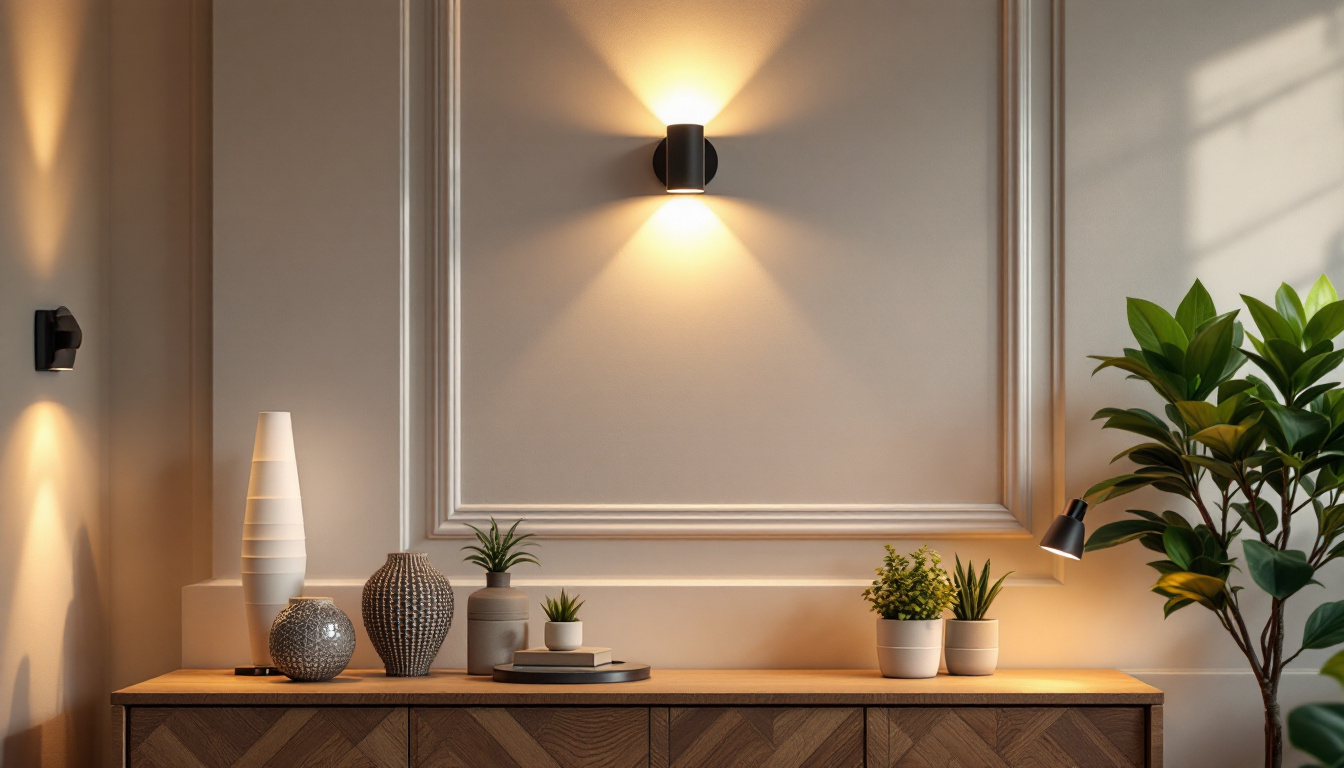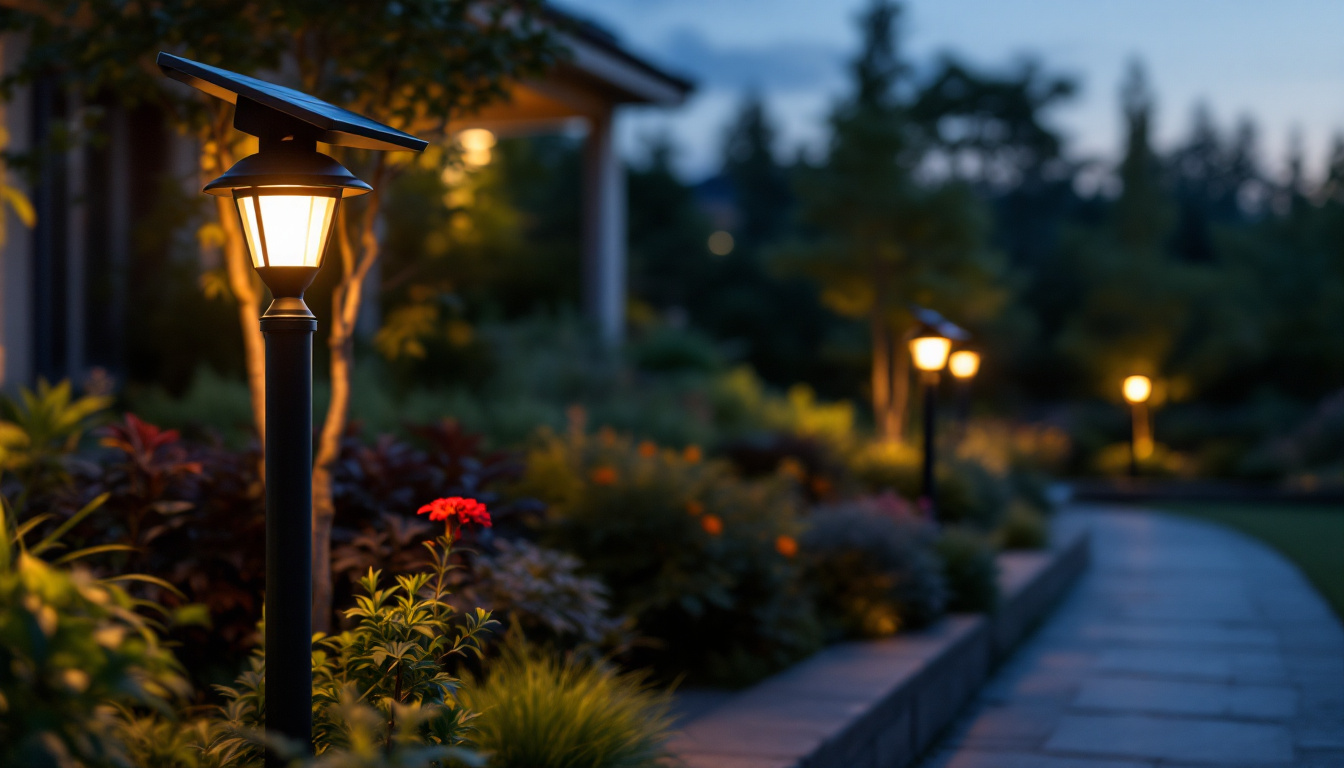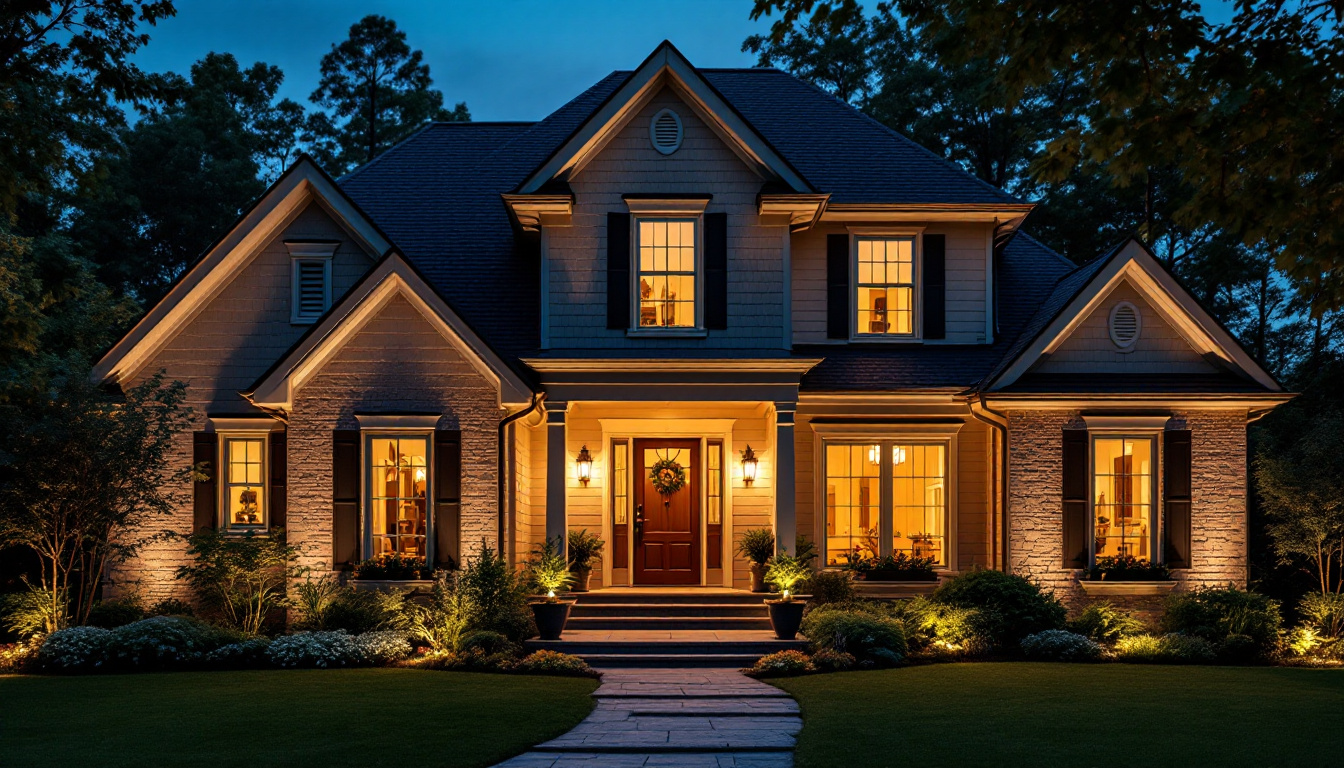
In the world of residential lighting, understanding the nuances of supply lighting is crucial for lighting contractors. This article aims to provide a concise yet comprehensive overview of residence supply lighting, offering insights that can enhance both the quality of installations and client satisfaction.
Residence supply lighting refers to the electrical systems and fixtures that provide illumination in residential settings. This encompasses a variety of lighting types, including ambient, task, and accent lighting. Each type serves a specific purpose and contributes to the overall aesthetic and functionality of a home.
Effective supply lighting not only enhances the visual appeal of a space but also plays a significant role in safety and energy efficiency. Properly designed lighting can reduce accidents in the home by illuminating walkways and staircases, while also creating a welcoming atmosphere for residents and guests alike.
Moreover, the right choice of fixtures and bulbs can lead to significant energy savings. With the rise of LED technology, contractors have more options than ever to provide energy-efficient solutions that meet client needs without compromising on style. Energy-efficient lighting not only lowers utility bills but also reduces the environmental impact, making it a responsible choice for modern homeowners who are increasingly conscious of their carbon footprint.
There are three primary types of supply lighting that contractors should be familiar with: ambient, task, and accent lighting. Each type serves a distinct purpose and can be used in various combinations to achieve the desired effect in a space.
In addition to these primary types, it’s also worth noting the growing trend of smart lighting solutions. These systems allow homeowners to control their lighting remotely via smartphones or voice-activated devices, providing convenience and customization. Smart lighting can adjust brightness and color temperature based on the time of day or the specific needs of the moment, making it an innovative addition to modern residential design.
Another important consideration in residence supply lighting is the color temperature of bulbs. Measured in Kelvins, the color temperature can drastically affect the mood of a room. Warmer tones (around 2700K) create a cozy, inviting atmosphere, ideal for living rooms and bedrooms, while cooler tones (above 5000K) are better suited for workspaces, promoting alertness and focus. Understanding these nuances allows homeowners to tailor their lighting choices to enhance the functionality and ambiance of each space effectively.
When designing a supply lighting system, several key components must be considered. Each element plays a vital role in ensuring the system operates effectively and efficiently.
Lighting fixtures come in various styles and designs, making it essential for contractors to choose options that align with the home’s overall aesthetic. From chandeliers to recessed lighting, the choice of fixtures can dramatically influence the ambiance of a space.
Additionally, the placement of fixtures is crucial. Strategic positioning can enhance the functionality of the lighting while also ensuring that it complements the room’s design. For instance, placing recessed lights in a grid pattern can provide even illumination, while pendant lights can serve as focal points in dining areas.
The type of bulbs used in a lighting system can significantly impact energy consumption and light quality. LED bulbs are increasingly popular due to their longevity and energy efficiency. However, contractors should also consider factors such as color temperature and lumens when selecting bulbs.
Color temperature, measured in Kelvins, affects the mood of a space. Warmer tones (around 2700K) create a cozy atmosphere, while cooler tones (above 4000K) can promote alertness and focus. Understanding these nuances allows contractors to tailor lighting solutions to meet the specific needs of their clients.
Incorporating controls and dimmers into supply lighting systems can enhance user experience and energy efficiency. Dimmers allow homeowners to adjust the brightness according to their preferences, creating versatile lighting solutions for different occasions.
Smart lighting controls are also gaining popularity, enabling homeowners to manage their lighting through mobile applications or voice commands. This technology not only adds convenience but can also contribute to energy savings by allowing users to turn off lights remotely.
Designing an effective supply lighting system involves more than just selecting fixtures and bulbs. Several factors must be taken into account to ensure that the lighting meets both functional and aesthetic needs.
The intended use of each room significantly influences the lighting design. For example, kitchens require bright, focused lighting for tasks, while living rooms benefit from softer, ambient lighting that promotes relaxation.
Contractors should engage with clients to understand how each space will be used, allowing for a tailored lighting solution that enhances the functionality of the home. This may involve a combination of different lighting types to cater to various activities within the same room.
Natural light is an invaluable resource that should be considered during the design process. Incorporating windows, skylights, and light tubes can reduce reliance on artificial lighting during the day, leading to energy savings and a more pleasant living environment.
Contractors should assess the orientation of the home and the placement of windows to maximize natural light. This can also inform the choice of artificial lighting, ensuring that it complements the available daylight.
The overall style of the home should guide the selection of lighting fixtures and design. Whether the home is modern, traditional, or eclectic, the lighting should enhance the existing decor rather than clash with it.
Contractors can help clients choose fixtures that reflect their personal style while also ensuring that the lighting serves its functional purpose. This balance between aesthetics and practicality is key to creating a successful lighting design.
Once the design has been finalized, proper installation is crucial to ensure that the supply lighting system functions as intended. Adhering to best practices can prevent issues down the line and enhance the overall quality of the installation.
Safety should always be the top priority when installing lighting systems. Contractors must adhere to local electrical codes and regulations to ensure that the installation is safe and compliant.
Using the appropriate wire gauge, circuit breakers, and grounding techniques is essential to prevent electrical hazards. Additionally, ensuring that all fixtures are securely mounted and that connections are properly insulated can mitigate risks associated with electrical fires.
After installation, it is important to test the lighting system to ensure that everything functions as planned. This includes checking for any flickering lights, uneven illumination, or areas that may require additional lighting.
Contractors should also be prepared to make adjustments based on client feedback. Sometimes, the initial design may need tweaking to better suit the homeowner’s preferences or to address specific functional needs.
Educating clients about their new lighting system is an essential part of the installation process. Contractors should explain how to use any controls or dimmers and provide guidance on bulb replacement and maintenance.
By empowering clients with knowledge about their lighting system, contractors can enhance customer satisfaction and foster long-term relationships. A well-informed client is more likely to appreciate the value of the installation and recommend the contractor to others.
As technology continues to evolve, so do the trends in residential supply lighting. Staying informed about the latest developments can help contractors offer cutting-edge solutions to their clients.
Smart lighting technology is revolutionizing the way homeowners interact with their lighting systems. Features such as remote control, scheduling, and integration with home automation systems are becoming increasingly popular.
Contractors can enhance their service offerings by familiarizing themselves with various smart lighting products and systems. This knowledge enables them to recommend solutions that align with clients’ lifestyles and preferences.
With a growing emphasis on sustainability, many homeowners are seeking eco-friendly lighting solutions. Energy-efficient LED bulbs, solar-powered fixtures, and products made from sustainable materials are in high demand.
Contractors can position themselves as environmentally conscious by offering sustainable lighting options and educating clients about the benefits of energy-efficient solutions. This not only meets client expectations but also contributes to a greener future.
Homeowners are increasingly looking for personalized lighting experiences that cater to their unique preferences. This includes customizable color temperatures, brightness levels, and even the ability to change lighting scenes for different occasions.
Contractors can leverage this trend by offering tailored lighting designs that allow clients to create the perfect ambiance for any situation. This level of personalization can significantly enhance client satisfaction and loyalty.
Residence supply lighting is a multifaceted aspect of residential design that requires a thorough understanding of various components, design considerations, and installation best practices. For lighting contractors, mastering these elements is essential to delivering high-quality lighting solutions that meet the diverse needs of clients.
By staying informed about trends and innovations in the industry, contractors can enhance their service offerings and position themselves as experts in the field. Ultimately, effective supply lighting not only beautifies a home but also contributes to safety, functionality, and energy efficiency.
In a rapidly evolving industry, the ability to adapt and embrace new technologies will set successful lighting contractors apart from the competition. With the right knowledge and skills, they can illuminate homes in a way that enhances both aesthetics and quality of life.
As you strive to provide exceptional residence supply lighting solutions, remember that the right partner can make all the difference. LumenWholesale is dedicated to empowering lighting contractors like you with spec-grade lighting products at unbeatable wholesale prices. Our commitment to quality, affordability, and convenience ensures that you can deliver outstanding results to your clients every time. Say goodbye to inflated markups and hello to a vast selection of reliable, high-performance lighting that meets the highest industry standards. Plus, with free shipping on bulk orders, you can stock up on premium lighting without any hidden fees. Elevate your lighting projects by choosing Wholesale Lighting at the Best Value with LumenWholesale.

Discover the transformative power of sconce light fixtures through real-world success stories from lighting contractors.

Illuminate your outdoor spaces with confidence using our comprehensive checklist for solar post lights.

Explore the rising significance of LED light shoe tracks in the lighting industry.

Discover the secrets to energy-efficient outdoor lighting with our comprehensive guide.